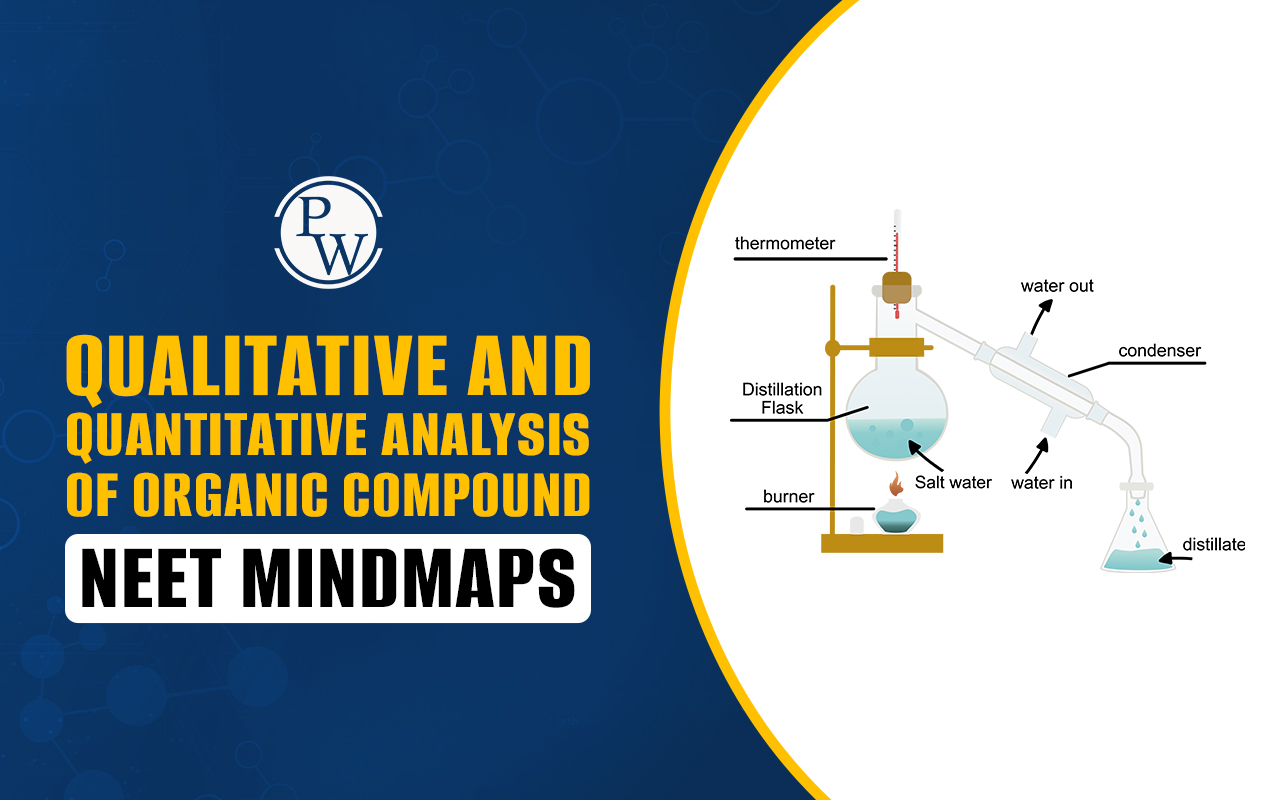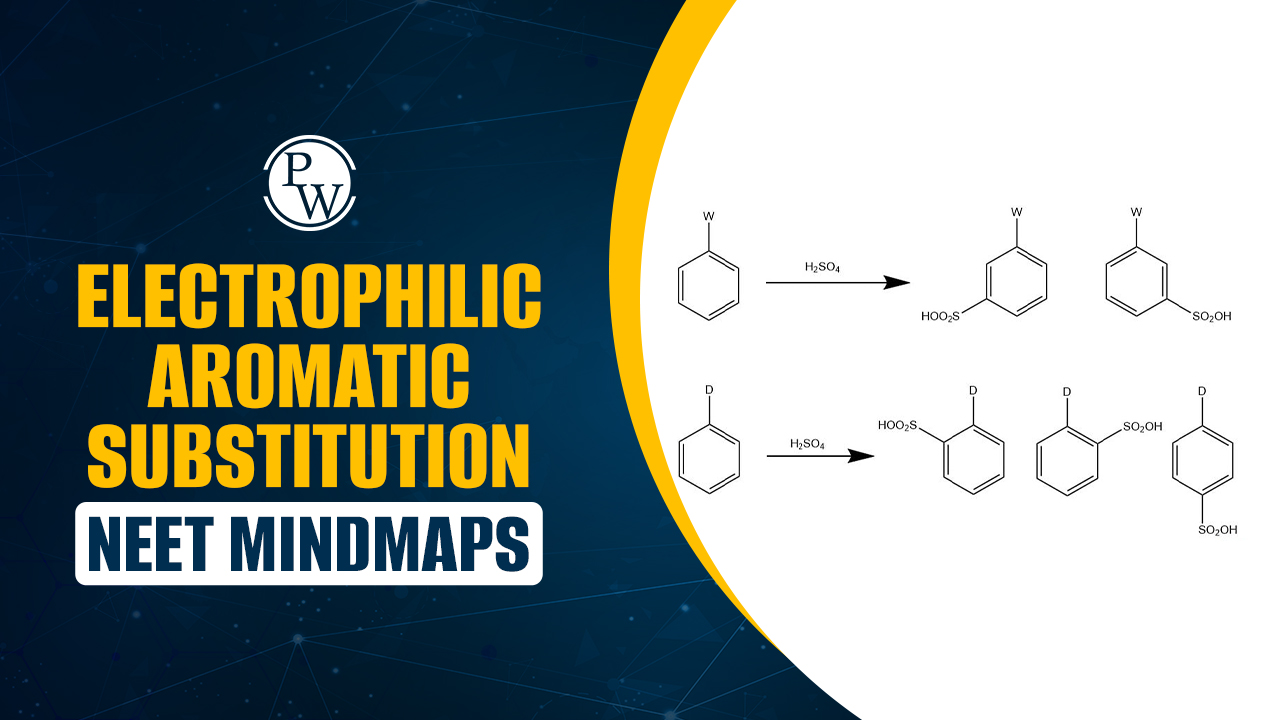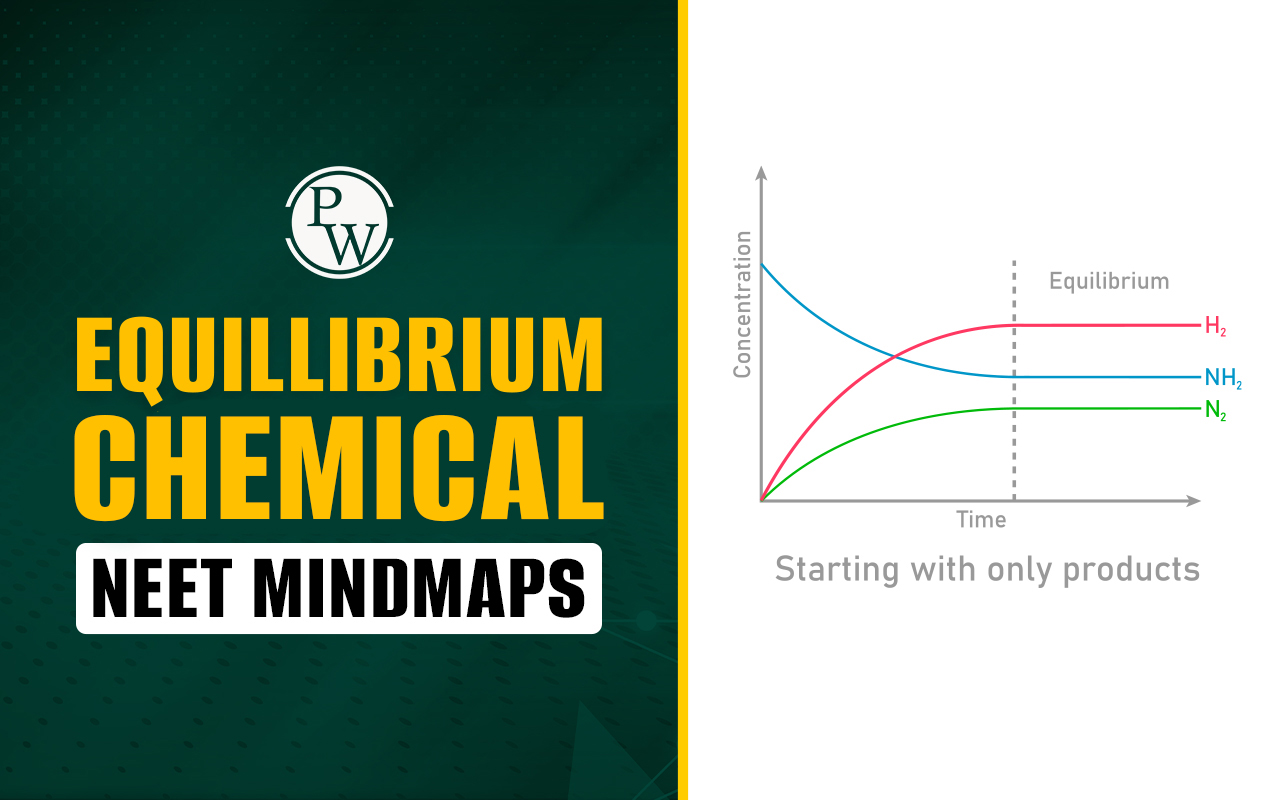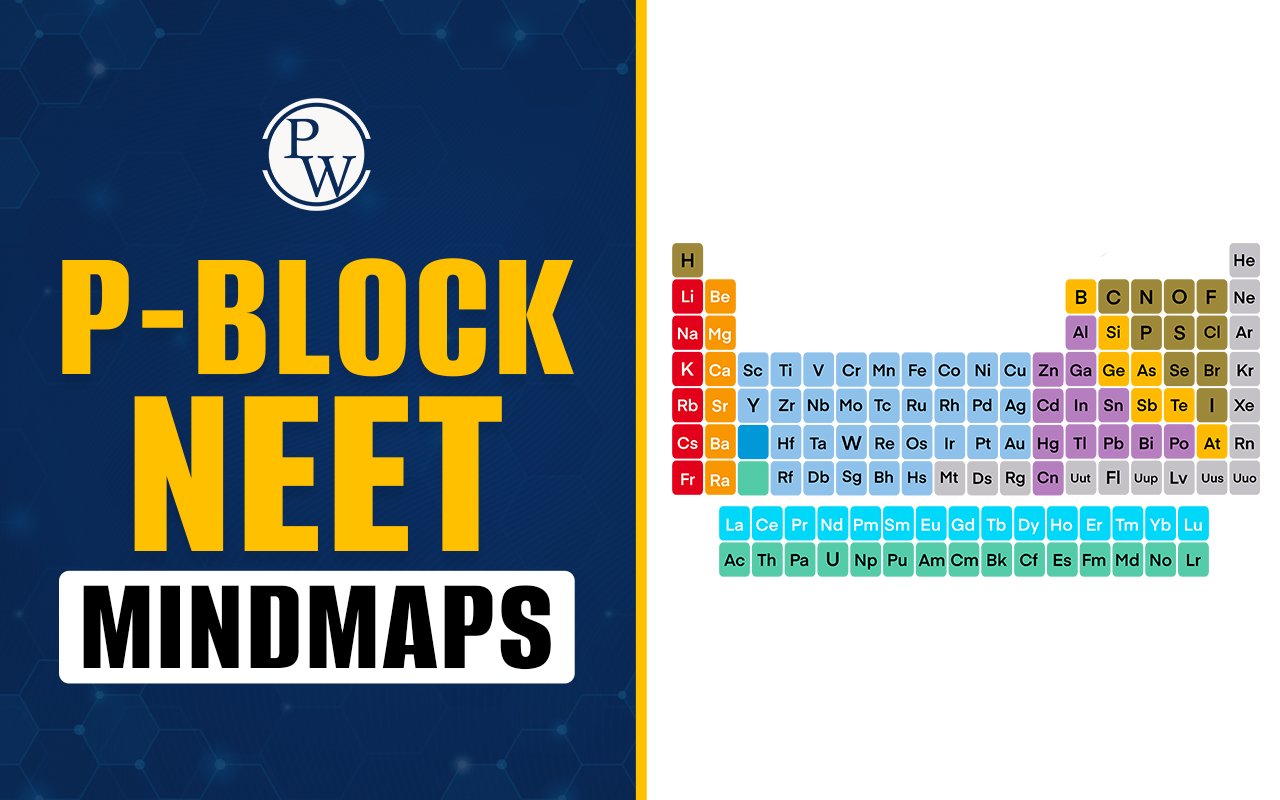
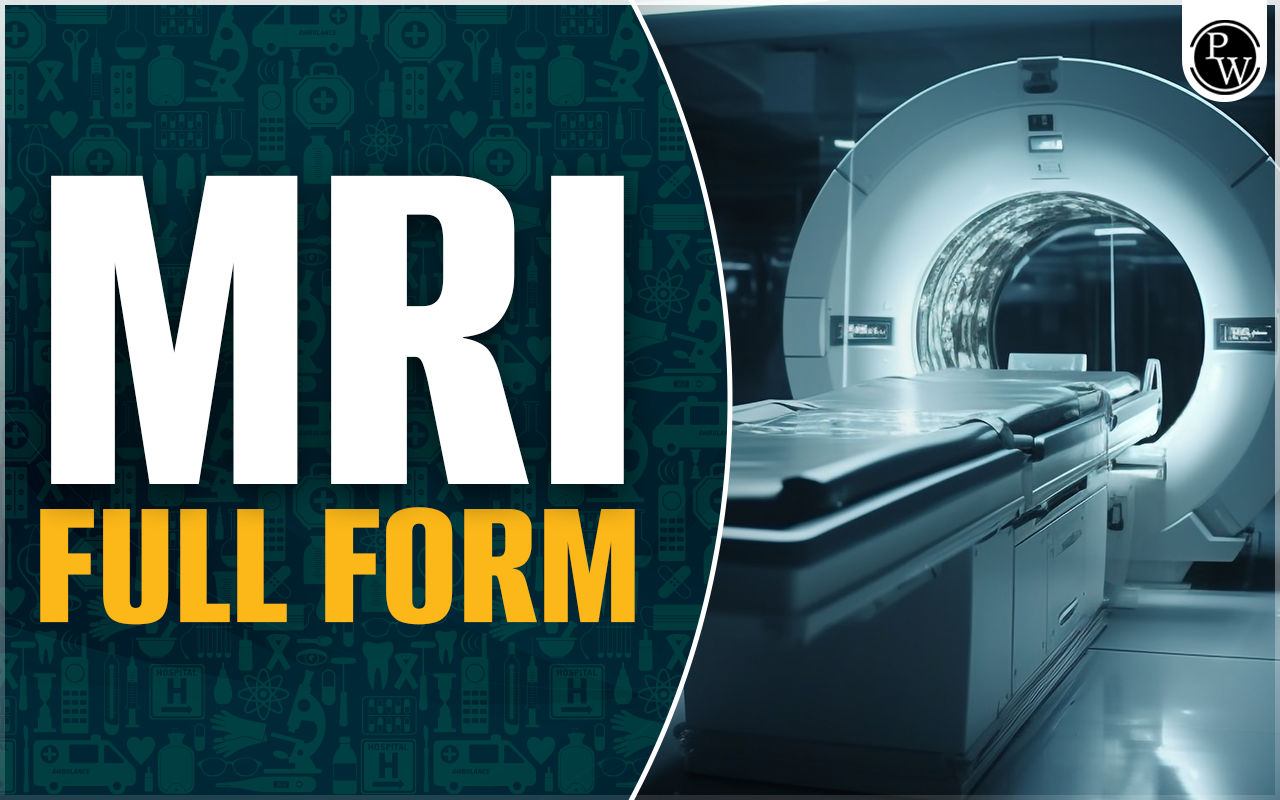
The MRI full form is Magnetic Resonance Imaging. It is a commonly used scan that helps to get a microscopic view of the anatomy of different organs. The scan uses high-quality waves to get a clear understanding of the different sections of organs and body parts. MRI scans usually use a powerful magnetic field along with radio waves to create detailed images of organs, tissues and bones.
MRI Full Form
MRI is used widely to detect heart problems, brain or spinal cord injury, abnormalities in deep tissues of organs and certain abdominal issues. In this article, we will discuss the MRI full form, the working principle of MRI and its disadvantages.How Do MRIs Work?
MRI scanners are used widely all over the world to produce high-resolution images of the internal body. Talking of the design, it has a simple large tube fitted with all major equipment. The patient is usually lying down in the scanner and the magnetic field is created inside the scanner. This aligns itself with the water molecules inside the body. The atoms of the water molecules emit tiny signals when exposed to radio waves. A computer uses these signals to create detailed images of the organs of the body. The device produces high-quality 3D images that help in the proper examination of the tissues.Application of MRI
MRI finds its wide application in the Indian Medical Industry. MRI uses high-quality waves to get high-resolution images of deep tissues and organs. Here you can know about the major application of MRI.Neuroimaging
MRI is widely used to assess the brain and nervous system. It can detect abnormalities such as tumours, stroke, multiple sclerosis, and degenerative disorders like Alzheimer's disease. Functional MRI (fMRI) is a specialized technique that measures brain activity and is used in cognitive and neuroscience research.Musculoskeletal Imaging
MRI provides detailed images of bones, joints, muscles, tendons, and ligaments. It is commonly used to diagnose and evaluate sports injuries, spinal disorders, arthritis, tumors, and other musculoskeletal conditions. MRI can help identify structural abnormalities, inflammation, and soft tissue injuries.Abdominal and Pelvic Imaging
MRI is valuable for evaluating organs and structures in the abdomen and pelvis. It can detect and characterize tumors, assess liver and kidney diseases, evaluate the gastrointestinal tract, and examine the reproductive organs. MRI is particularly useful for imaging the prostate gland and female pelvic organs.Cardiovascular Imaging
MRI is also used widely to do cardiac imaging and assess the structure and function of the heart. The scan offers highly detailed images of the heart's chambers, valves, blood vessels, and surrounding tissues. Cardiac MRI is valuable for diagnosing conditions such as heart disease, myocardial infarction (heart attack), congenital heart defects, and cardiomyopathies.Breast Imaging
Breast imaging is yet another application of high-quality MRI scans. The scan uses tools to screen and evaluate the breast condition. The scan can easily detect small tumours, evaluate the degree of disease and also monitor the follow-up of the treatment.Whole-Body Imaging
The whole body imaging or MRI is conducted to detect cancer cells in patients. This MRI scan offers a comprehensive assessment of the multiple body organs. The detailed imaging helps to offer customised planning for more precise treatment and follow-up.Types of MRI Machine
Find the different types of MRI Machines below:Closed MRI
This is the most easily available MRI machine and is called closed MRI as it depicts the shape of a tunnel. The machine consists of a large cylindrical magnet with a narrow opening or bore in the centre. The patients are examined by lying them on the table to complete the scanning process.Open MRI
An open MRI is designed for patients having a history of anxiety that cannot be treated in a closed MRI. This machine has a large opening that offers less space. An open MRI machine is perfect for patients who are obese or have mobility issues.High-Field MRI
As the name implies, this MRI scan machine has a higher magnetic field usually 1.5 Tesla or higher. This makes it produce images with improved and higher image resolution and shorter scan times. This machine is used to scan the deep tissues of the brain, spine, and musculoskeletal system.Low-Field MRI
Low-field MRI machines operate at a magnetic field strength typically below 1 Tesla. The images produced are not of very high quality. However, it is used to do the preliminary examination of the patient.Disadvantages of MRI Scan
Here are the major disadvantages associated with MRI Scans:- MRI scans require the patient to lie still inside a narrow tube-like machine, which makes patients anxious.
- MRI scans generally take longer to perform compared to other imaging techniques, such as CT scans. The minimum time taken to complete an MRI scan is 30 minutes to 1 hour.
- MRI machines are expensive and are not available everywhere due to their advanced requirements of infrastructure. MRI scans are more expensive than CT scans making them a costlier option for both patients and healthcare.
- The equipment, maintenance, and interpretation of MRI images require specialised technicians making it a costly treatment.
Difference Between MRI Scan and CT Scan
MRI Scans and CT scans both are body scans that are conducted to take high-quality images of internal organs. However, an MRI scan is preferred over a CT scan as it is a safer option with low-length waves. Here are some other differences between MRI Scan and a CT scan:- MRI uses a strong magnetic field and radio waves to generate detailed cross-sectional images of the body. Whereas, CT Scan uses X rats to capture the internal images of the body.
- MRI scans produce highly detailed images with excellent soft tissue contrast. This makes it perfect to detect abnormalities in organs, muscles, nerves, and ligaments. Whereas, CT scans penetrate deeper into bone tissue thus offering a clear view of the bone structure.
- CT scans involve exposure to X-ray radiation which makes it a bit unsafe. However, MRI scan does not use high-end radiation making it safer for women.
- MRI scans are not suitable for individuals with certain metallic implants, such as pacemakers or cochlear implants, as the strong magnetic field can interfere with these devices. Whereas, the waves produced by CT scans are not affected by metal implants or devices.
Check NEET Exam Important Links
| NEET Exam Important Links | |
| NEET Syllabus | NEET Sample Paper |
| NEET Notes | NEET Previous Year Question papers |
MRI Full Form FAQs
🔥 Trending Blogs
Talk to a counsellorHave doubts? Our support team will be happy to assist you!

Check out these Related Articles
Free Learning Resources
PW Books
Notes (Class 10-12)
PW Study Materials
Notes (Class 6-9)
Ncert Solutions
Govt Exams
Class 6th to 12th Online Courses
Govt Job Exams Courses
UPSC Coaching
Defence Exam Coaching
Gate Exam Coaching
Other Exams
Know about Physics Wallah
Physics Wallah is an Indian edtech platform that provides accessible & comprehensive learning experiences to students from Class 6th to postgraduate level. We also provide extensive NCERT solutions, sample paper, NEET, JEE Mains, BITSAT previous year papers & more such resources to students. Physics Wallah also caters to over 3.5 million registered students and over 78 lakh+ Youtube subscribers with 4.8 rating on its app.
We Stand Out because
We provide students with intensive courses with India’s qualified & experienced faculties & mentors. PW strives to make the learning experience comprehensive and accessible for students of all sections of society. We believe in empowering every single student who couldn't dream of a good career in engineering and medical field earlier.
Our Key Focus Areas
Physics Wallah's main focus is to make the learning experience as economical as possible for all students. With our affordable courses like Lakshya, Udaan and Arjuna and many others, we have been able to provide a platform for lakhs of aspirants. From providing Chemistry, Maths, Physics formula to giving e-books of eminent authors like RD Sharma, RS Aggarwal and Lakhmir Singh, PW focuses on every single student's need for preparation.
What Makes Us Different
Physics Wallah strives to develop a comprehensive pedagogical structure for students, where they get a state-of-the-art learning experience with study material and resources. Apart from catering students preparing for JEE Mains and NEET, PW also provides study material for each state board like Uttar Pradesh, Bihar, and others
Copyright © 2025 Physicswallah Limited All rights reserved.





